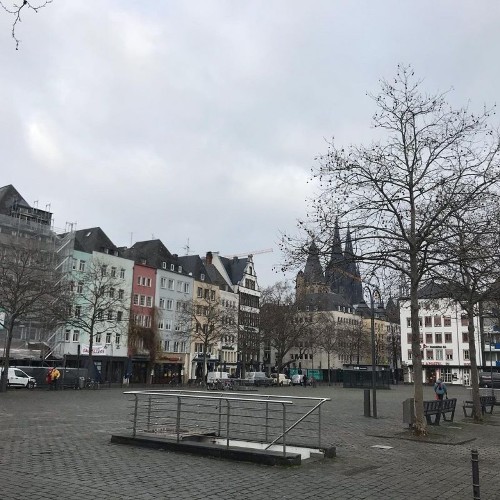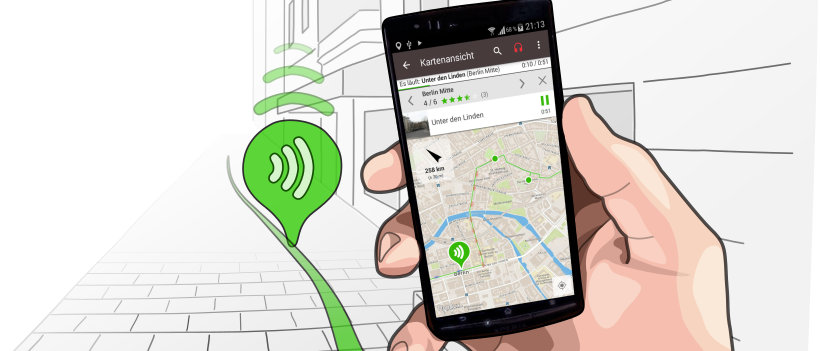The Heumarkt owes its name to the earlier trade in hay, which was sold here alongside grain, fish and vegetables.
It wasn’t long before rich merchants and craftsmen settled here and built residential and commercial buildings.
At the end of the 16th century, more and more financial transactions were also carried out on the Heumarkt and so the Cologne Stock Exchange was established here.
Later in the 18th century, a theater was built on the Heumarkt, where Casanova is said to have had fun with the mayor’s wife.
Goethe and Karl Marx were also occasionally found on the Heumarkt, the latter distributing the “Neue Rheinische Zeitung” from here.
As in many other cities, the Heumarkt was also a central square and place of execution for centuries.
Incidentally, the Alter Markt and Heumarkt were formerly ONE square under the name “Alter Markt”. The separation of the Heumarkt by new stalls and alleys took place as early as the 13th century.
“Haus Zims” was the only house on the Heumarkt that was spared from destruction in the Second World War.
Today you can drink delicious Kölsch in the “Gilden im Zims”.
Can you imagine that the Heumarkt was once considered one of the most beautiful squares in Europe?
Unfortunately, not much of its former charm remains, and not just because of the destruction during the war.
In the post-war period, architectural sins contributed to the fact that the Heumarkt and the Alter Markt never regained their former glory.
Image source 2nd image: Gilden im Zims, © Raimond Spekking
Now we’re off to Knollendorf, but don’t worry, we’re staying in Cologne. We’re visiting the Hänneschen Theater and its main actors Hänneschen and Bärbelchen, who live in the fictional town of “Knollendorf”. We’re only a 100 m walk away from Knollendorf.



